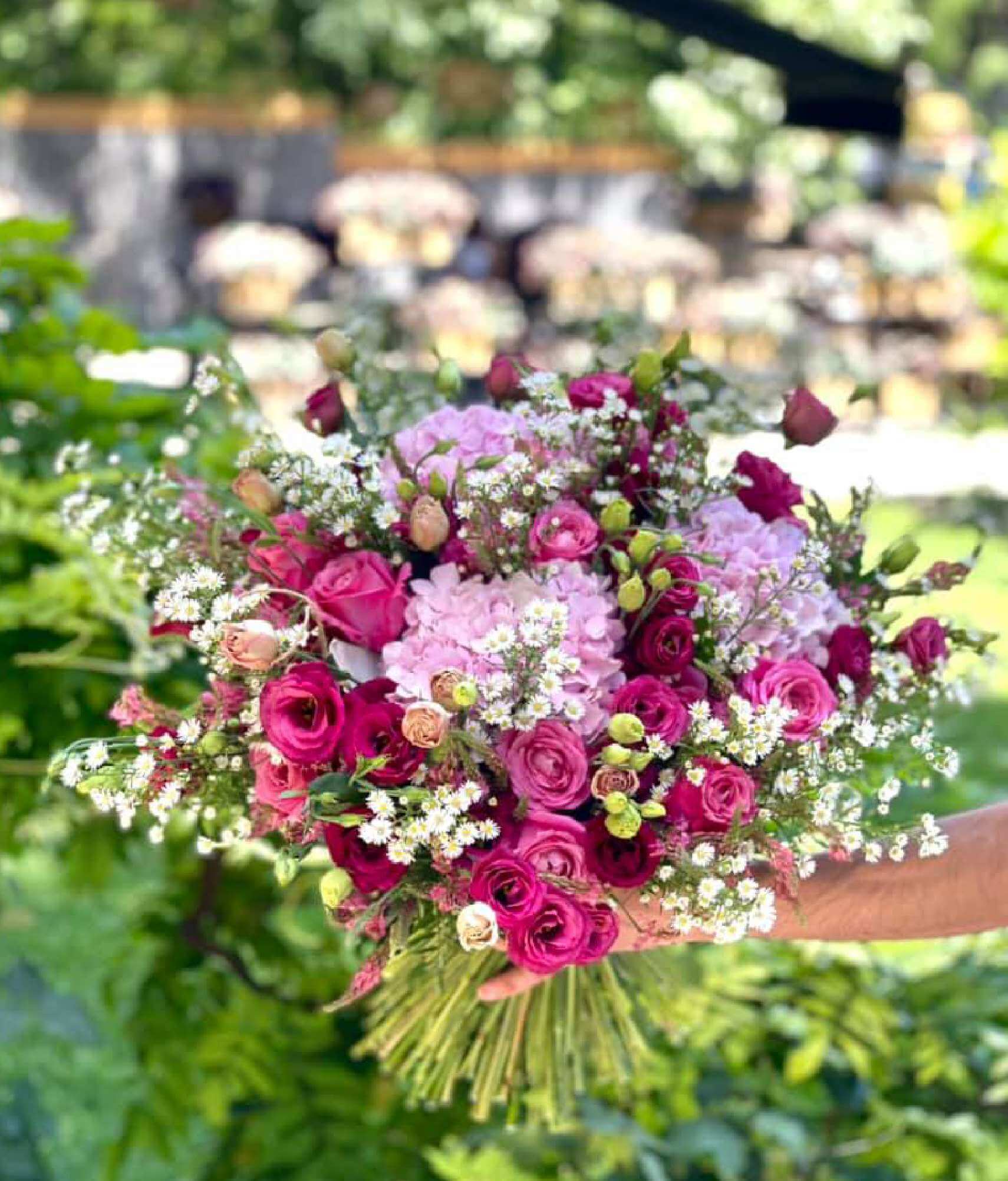How to Create Seasonal Arrangements

Flower arrangements are a collection of different flowers, which can be gathered both from seasonal flowers and from non-seasonal flowers grown in greenhouses.
One of the most important points in creating seasonal flower arrangements is to study and understand the combinations of given flowers. In this case, it will also show why seasonal flower collections are considered the most convenient and preferred. So let's explore seasonal flowers and their benefits.
What is a seasonal flower?
A seasonal flower is a type of flower that grows naturally in a given season and does not require greenhouse interventions to obtain it. The phrase “seasonal flowers” is also used to describe the flowers available in the market during a given period. Here are some of the months, and the types of flowers that grow naturally during which.
March-May: The spring months are usually considered the richest period in the floral world. Spring flowers are Anemones, Tulips, Lilacs, Poppies, Marigolds, etc.
May - June: This period is marked by the transition from flowers that grow in cold weather to flowers that bloom in hot weather. Warmth-loving flowers are field roses, Lilies, and Peonies. In some cases also Gillyflowers, Scabiosa, etc.
July - October: A variety of greens and other flowers are supported by long warm days and high temperatures. In this case, the most prominent type of flower is the Dahlia. In September, when the temperature begins to gradually decrease, field roses begin to bloom for the second time. And Chrysanthemums bloom at the end of the season.
A combination of seasonal flowers
Seasonal flowers not only reflect the continuous rhythm of nature but also provide the freshest and brightest choices. And after studying their types, it is also necessary to understand how to combine them and get the desired result.
Beautiful spring flowers can create arrangements of Tulips, Hyacinths, and even a variety of greens that are especially pleasant after the long winter months.
Thus, in order to combine them, we can be guided by several patterns that will help in the process of obtaining the arrangement.
The flower arrangement container (flower vase)
The container (flower vase), in its turn, can give a new character to one or another combination of flowers, making their appearance more unique and distinctive. Thus, when choosing a vase, you need to consider two important prerequisites.
Vase shape: In this case, it is necessary to choose a type that will match the height and volume of the intended flowers. For example, a tall and narrow vase will perfectly combine with tulips with long edges, while a wide and thick vase will create a perfect combination with daffodils, emphasizing their density and volume.
Vase color: If the composition includes autumn flowers, then the vase can have warm colors, for example, orange, red, yellow, etc. And in the case of the first flowers of spring, vases with transparent or pastel shades can make a perfect combination, which will emphasize the new breath of spring.
The Preparation of Flowers
As a prerequisite, any flower arrangement is appreciated for its freshness. Here are some steps that will help you get the flowers looking neat and fresh.
Edge trimming: When cutting the edges of the flowers, you need to pay attention to the cutting angle, the perfect angle is 45 degrees. In this case, the edges have free space for water absorption, which ensures the longevity of the flowers.
Removal of leaves: Before placing the flowers in the vase, it is necessary to remove the excess leaves, because they can cause the formation of bacteria, therefore damaging the flowers.
The creation of the perfect composition
The base: As the base of the composition, it is necessary to choose large or convex flowers, for example, in the case of spring compositions, they will be Tulips and Daffodils. Place them evenly so that the flowers are visible from any angle.
The volume of the composition: Other flowers can be added to give a puffy look, such as Turmeric or Snowdrops.
Included flowers and layers: Other types of flowers can be included in the composition, which will provide rich shades.
Temperance and dynamics. It is also possible to combine flowers of different lengths to get a dynamic composition. In this case, the composition will look denser and fresher.
The care of the compositions
Any arrangement of flowers needs care, especially spring flowers, the type of which is more delicate.
Water: To keep the bouquet fresh, it is necessary to change the water every two days. If possible, it is even allowed to use a small amount of lemon or sugar to nourish the flowers.
Position: Flowers should be kept away from direct sunlight or heating devices. A cool room is a great way to extend the life of flowers.
Creating seasonal compositions is more than art, it is a link that connects us with nature and allows us to combine already perfect flowers with each other and get new and more perfect ones.
In the Mon Amie flower salon, you will find a wide variety of flower arrangements according to your taste and preferences.
